Home>diy>Building & Construction>What Is Girder In Construction
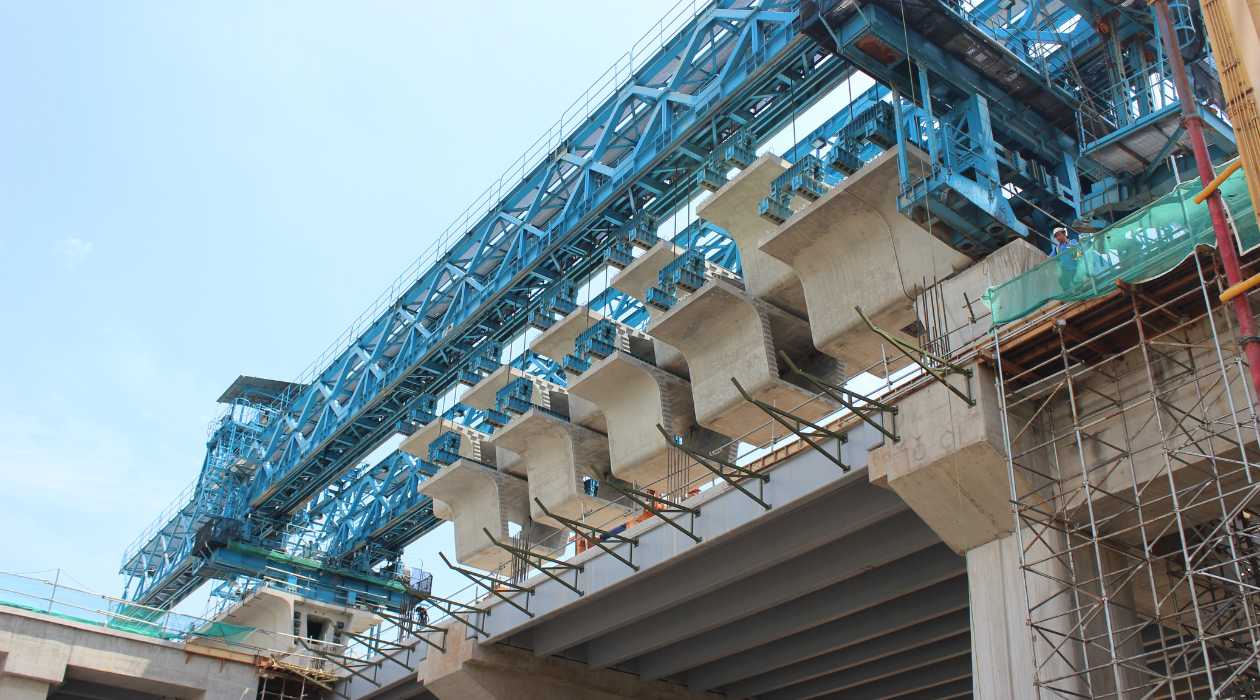

Building & Construction
What Is Girder In Construction
Modified: December 7, 2023
Discover the role of girder in building construction, its importance, and how it supports the structural integrity of a building. Learn more about girder types and their applications.
(Many of the links in this article redirect to a specific reviewed product. Your purchase of these products through affiliate links helps to generate commission for Storables.com, at no extra cost. Learn more)
Introduction
Welcome to the world of construction, where every structure begins with a solid foundation and is built upon a series of carefully designed elements. One such essential element is the girder. In this article, we will explore the concept of a girder in construction, its purpose, types, materials used, design considerations, installation, maintenance, and common issues. So, let’s dive into the world of girders and uncover their significance in the construction industry.
A girder, in simple terms, can be defined as a large, horizontal or inclined beam that is used to support and distribute the weight of the structure above it. It plays a crucial role in providing stability and strength to various types of buildings, bridges, and other infrastructure projects. Girders are typically made of steel or concrete and come in a range of shapes, sizes, and designs to accommodate different load requirements and structural configurations.
The primary purpose of a girder is to bear heavy loads and transfer them to the columns or piers on which it rests. By distributing the load across a wider span, girders help alleviate the stress on individual components and ensure the stability and integrity of the overall structure. Additionally, girders also play a role in resisting forces such as bending, shear, and torsion that can occur due to external factors like wind, seismic activity, or dynamic loads.
There are various types of girders used in construction, each designed to suit a specific purpose and structural requirement. The most common types include steel girders, concrete girders, composite girders, and prestressed girders. Steel girders are known for their high strength and versatility, while concrete girders offer durability and resistance to fire and corrosion. Composite girders combine the benefits of both steel and concrete, while prestressed girders are designed to handle higher loads by utilizing pre-tension or post-tension techniques.
When it comes to material selection for girder construction, factors such as the weight of the structure, cost, architectural considerations, and the environmental conditions of the project site need to be taken into account. Steel and concrete are the most commonly used materials, but advancements in technology have introduced innovative materials such as carbon fiber-reinforced polymers (CFRP), which offer greater strength-to-weight ratios and enhanced durability.
Designing and constructing girders require careful planning and consideration of various factors, including the magnitude of the loads, span length, deflection limits, and the desired structural behavior. Engineers utilize computer modeling and analysis software to determine the optimal girder configuration and ensure that it can withstand the expected loads and meet the structural requirements of the project.
Key Takeaways:
- Girders are essential for stability and load distribution in construction, providing strength and flexibility to structures. Material selection, design considerations, and maintenance are crucial for ensuring their longevity and performance.
- Regular maintenance and inspection are vital for identifying and addressing common girder issues such as corrosion, cracking, and deformation. Prompt resolution ensures the structural integrity and safety of the overall structure.
Read more: What Is Pre-Construction In Construction
Definition of Girder
In the realm of construction, a girder is a primary structural component that provides support and stability to various types of buildings, bridges, and infrastructure projects. It is a large, horizontal or inclined beam that spans across multiple columns or piers, distributing the weight of the structure above it. Girders play a vital role in ensuring the integrity and strength of the overall structure, as they bear heavy loads and transmit them to the supporting columns or piers.
One of the distinguishing features of a girder is its size and capacity to handle significant loads. Unlike ordinary beams, which are relatively smaller and designed to support lighter weights, girders are typically designed to handle larger spans and heavier loads. They are engineered to resist bending, shear, and torsional forces that can occur due to factors like wind, seismic activity, or dynamic loads. Girders are strategically positioned at key locations in a structure to provide the necessary support and distribute the loads efficiently.
Girders are commonly made of materials such as steel or concrete, which offer the requisite strength and durability. Steel girders are widely used in construction due to their high strength-to-weight ratio, flexibility, and ease of fabrication. On the other hand, concrete girders are appreciated for their durability, resistance to fire and corrosion, and the ability to be molded into various shapes and sizes to suit specific project requirements.
When it comes to the design and construction of girders, engineers take into account numerous factors, including the type of structure, anticipated loads, span length, architectural considerations, and environmental conditions. Computer modeling and analysis software are utilized to simulate and assess the behavior of the girder under different loading scenarios, ensuring that it meets the necessary structural requirements and can withstand the anticipated forces.
Furthermore, girders come in different types and configurations to cater to various structural needs. Some of the common types include steel girders, concrete girders, composite girders, and prestressed girders. Steel girders are fabricated by joining or welding steel plates or beams to form the desired shape and size. Concrete girders, on the other hand, are cast in molds and then cured to achieve the required strength. Composite girders combine the benefits of both steel and concrete, offering a balance between strength, durability, and cost-effectiveness. Prestressed girders are designed to handle higher loads by utilizing pre-tension or post-tension techniques, which introduce compressive forces into the girder to counteract the anticipated tension forces.
In summary, girders are essential structural components in construction, providing support, stability, and load distribution in various projects. With their ability to withstand heavy loads and resist different forces, girders play a crucial role in ensuring the safety and integrity of structures, contributing to the longevity of buildings, bridges, and infrastructure projects.
Purpose of Girder in Construction
The presence of girders in construction serves multiple purposes, all of which contribute to the stability, strength, and longevity of structures. Let’s delve into some of the key purposes of girders:
- Load Distribution: One of the primary functions of a girder is to distribute the weight of the structure evenly across the supporting columns or piers. By spanning a large distance and providing multiple points of support, girders help prevent concentrated loads on individual components, reducing the risk of structural failure or damage. This load distribution ensures that the structure can bear and withstand the various imposed loads, including dead loads, live loads, and environmental loads.
- Stability and Strength: Girders play a vital role in maintaining the stability of a structure by resisting forces that can cause it to tilt, collapse, or deform. Due to their larger size and structural configuration, girders have a higher bending and shear strength compared to ordinary beams. This allows them to support heavy loads and minimize excessive deflection or deformation. Girders also help in reducing vibrations caused by dynamic loads, ensuring a stable and safe environment for occupants.
- Bridge Support: In the construction of bridges, girders are crucial for providing support and strength. They bear the weight of the bridge deck, vehicles, and other live loads, transferring the forces to the bridge abutments or piers. The horizontal girders, known as stringers, connect the vertical girders, known as piers or bents, and form the skeletal structure of the bridge. These girders disperse the applied loads safely and efficiently, maintaining the stability and functionality of the bridge.
- Flexibility in Architectural Design: Girders offer architects and engineers the flexibility to design structures with larger spans and unique shapes. They allow for the creation of open and spacious interiors by eliminating the need for additional interior load-bearing walls or columns. This open concept design provides more versatility in space utilization and enhances the aesthetic appeal of the structure.
- Resistance to External Forces: Girders are designed to withstand various external forces that can potentially affect the structure. They are capable of resisting bending, shear, and torsional forces caused by factors such as wind, earthquakes, live loads, and temperature changes. By distributing these forces throughout the structure, girders help minimize the risk of damage, ensuring the safety and longevity of the building or bridge.
In essence, girders serve as the backbone of a structure, providing the necessary support, stability, and load distribution. Their crucial role in construction cannot be overstated, as they ensure that buildings, bridges, and infrastructure projects can withstand the imposed loads and environmental forces, while maintaining their integrity and safety for years to come.
Types of Girders
Girders come in various types, each designed to suit specific structural requirements and load capacities. The choice of girder type depends on factors such as the construction material, span length, anticipated loads, and architectural considerations. Let’s explore some of the common types of girders used in construction:
- Steel Girders: Steel girders are widely used in construction due to their high strength, versatility, and ease of fabrication. These girders are made by joining or welding steel plates or beams to form the desired shape and size. Steel girders offer excellent load-bearing capacity and can span long distances without the need for additional supports. They are commonly used in the construction of multi-story buildings, bridges, and industrial structures.
- Concrete Girders: Concrete girders are known for their durability, resistance to fire and corrosion, and the ability to be molded into various shapes and sizes. They are cast in molds and then cured to achieve the required strength. Concrete girders offer excellent load-carrying capabilities and are commonly used in bridge construction, especially for highway and railway bridges. They can withstand heavy loads and often have a longer lifespan compared to other types of girders.
- Composite Girders: Composite girders combine the benefits of both steel and concrete, offering a balance between strength, durability, and cost-effectiveness. These girders consist of a steel section encased in concrete, forming a highly efficient structural element. The steel component provides the required strength and flexibility, while the concrete component adds stability and fire resistance. Composite girders are commonly used in bridge construction, high-rise buildings, and industrial projects.
- Prestressed Girders: Prestressed girders are designed to handle higher loads by introducing compressive forces into the girder. This is achieved through pre-tensioning or post-tensioning techniques. Pre-tensioning involves stressing the steel reinforcement before casting the concrete, while post-tensioning involves stressing the steel reinforcement after the concrete has hardened. The application of these techniques reduces the potential for cracking, increases the load-carrying capacity, and provides enhanced structural performance. Prestressed girders are often used in long-span bridge construction and structures with heavy load requirements.
- Box Girders: Box girders are characterized by their hollow rectangular or square shape, resembling a box. They offer excellent strength-to-weight ratios and are commonly used in bridge construction, particularly for longer spans. The hollow design allows for efficient use of materials and provides space for utilities, such as electrical cables or drainage pipes. Box girders can be made of steel or concrete, depending on the project requirements.
These are just a few examples of the different types of girders commonly used in construction. Each type has its own unique characteristics and advantages, allowing engineers and architects to select the most suitable girder type based on the specific project requirements. By choosing the appropriate type of girder, construction professionals can ensure the structural integrity, load-bearing capability, and longevity of the building or bridge.
Materials Used in Girder Construction
Girders, being critical structural components, require materials that possess the necessary strength, durability, and load-bearing capacity. The choice of materials for girder construction depends on various factors, including the type of structure, anticipated loads, cost considerations, and architectural requirements. Let’s explore some of the common materials used in girder construction:
- Steel: Steel is a popular material used in girder construction due to its exceptional strength, versatility, and ease of fabrication. It offers a high strength-to-weight ratio, making it ideal for structures that require long spans and heavy load support. Steel girders are typically made of structural steel or steel plates that are joined or welded together to form the desired shape and size. Steel girders are widely used in buildings, bridges, and other infrastructure projects.
- Concrete: Concrete is another commonly used material for girder construction, known for its durability, resistance to fire and corrosion, and ability to be molded into various shapes. Concrete girders are constructed by casting concrete in molds and allowing it to harden and achieve the required strength. Reinforcing steel bars or strands are embedded within the concrete to provide additional strength and resistance to tensile forces. Concrete girders are commonly used in bridge construction, particularly in highway and railway projects.
- Composite Materials: Composite materials are becoming increasingly popular in girder construction due to their desirable characteristics. One such material is carbon fiber-reinforced polymers (CFRP), which is lightweight yet incredibly strong. CFRP girders offer a high strength-to-weight ratio and corrosion resistance, making them suitable for structures that require enhanced performance. These girders are fabricated by combining carbon fibers with epoxy resin and are often used in environments where conventional materials may deteriorate or require frequent maintenance.
- Timber: Timber girders were widely used in historical construction, and they continue to be used in certain applications today. Timber has the advantage of being a renewable resource and offers a natural aesthetic appeal. However, timber girders are typically limited to smaller spans and lighter loads compared to steel or concrete girders. They are commonly used in residential construction, pedestrian bridges, and other low-traffic applications.
- Prestressed Materials: In the case of prestressed girders, materials such as steel and concrete are used in combination to create a highly efficient structural element. Steel strands or tendons are pre-tensioned or post-tensioned before or after the concrete is cast, respectively. The tensioned steel induces compressive forces into the girder, increasing its load-bearing capacity and reducing the potential for cracking or failure. Prestressed girders are commonly used in long-span bridges and structures that require high load-carrying capabilities.
These are some of the materials commonly used in the construction of girders. The selection of the appropriate material depends on a range of factors, including the project requirements, structural design considerations, cost, and sustainability considerations. By carefully selecting the materials, engineers and architects can ensure that the girders provide the necessary strength, durability, and longevity required for the successful completion of construction projects.
A girder in construction is a horizontal support beam that carries the load of the structure above it. It is typically made of steel or concrete and is essential for providing strength and stability to the building.
Read more: What Is Construction
Design and Construction Considerations
The design and construction of girders require careful planning and consideration of various factors to ensure their structural integrity and optimal performance. Let’s explore some of the key design and construction considerations for girders:
- Load Requirements: Determining the anticipated loads is crucial in designing girders. This includes considering both dead loads (the weight of the structure itself) and live loads (such as occupants, equipment, or vehicles). By accurately assessing the loads, engineers can select the appropriate girder type, size, and material to ensure it can support and distribute the loads effectively.
- Span Length: The span length, or the distance between the supporting columns or piers, has a significant impact on the girder design. Longer spans may require larger girders or the use of additional supports, such as intermediate columns or piers, to prevent excessive deflection. Engineers analyze the span length and select the appropriate girder configuration to ensure structural stability and minimize any potential issues caused by deflection.
- Structural Behavior: Understanding the anticipated behavior of the girder under different loads and forces is crucial for its design. Engineers utilize computer modeling and structural analysis to predict the response of the girder to bending, shear, torsion, and other forces. This analysis helps in determining the appropriate design features, such as the shape, size, reinforcement, and connection details of the girder.
- Construction Material Selection: The selection of construction materials for girders is based on factors such as the desired strength, durability, cost-effectiveness, and architectural considerations. Steel and concrete are the most commonly used materials, each offering its own advantages. Composite materials, such as carbon fiber-reinforced polymers (CFRP), are also considered for their high performance in specific applications.
- Connection Details: The connections between girders and other structural components must be carefully designed and executed to ensure load transfer and stability. Welding, bolting, or other connection methods must be selected based on factors such as the type of material, anticipated loads, and construction requirements. Proper connection design is critical for the overall integrity and strength of the structure.
- Construction Process: The construction process for girders involves careful fabrication, transportation, and installation. Depending on the girder type and material, the fabrication may involve welding, casting, or prestressing processes. Transportation and placement of girders require specialized equipment to ensure efficient and safe handling. Precise installation techniques are crucial to maintain alignment, stability, and load-bearing capacity.
By considering these design and construction factors, engineers can develop robust and reliable girder systems. Advanced computer modeling tools and structural analysis software aid in the design process, providing valuable insights into the girder’s behavior and performance under different conditions. Additionally, adherence to industry standards and regulations ensures that girder constructions meet the required safety and performance standards.
Installation and Load Bearing Capacity
The installation of girders is a crucial phase in the construction process, as it determines the stability and load-bearing capacity of the structure. Let’s delve into the installation process and explore load bearing capacity considerations:
- Site Preparation: Before installation, the construction site must be prepared to accommodate the girders. This includes clearing the area, leveling the ground, and ensuring a stable foundation for the supporting columns or piers.
- Girder Transportation: Girders are typically prefabricated off-site and transported to the construction site using specialized equipment such as cranes or trailers. Proper handling and transportation procedures are crucial to avoid damage to the girders and ensure their structural integrity during transit.
- Alignment and Placement: During installation, it is essential to align the girders accurately with the supporting columns or piers. Precision in placement ensures that the load distribution is uniform and the structural integrity is maintained. Temporary bracing may be used to hold the position of the girder until it is securely connected to the supporting elements.
- Load Testing: Once the girders are in place, load testing is conducted to verify their load-bearing capacity. This involves applying incremental loads, such as weights or hydraulic jacks, to simulate the anticipated loads on the structure. The girders’ deflection, strain, and behavior under load are monitored and analyzed to ensure that they meet the necessary safety standards and performance criteria.
- Load Bearing Capacity: The load-bearing capacity of a girder depends on various factors, including its size, structural configuration, and material properties. Engineers calculate the girder’s capacity by considering factors such as the ultimate strength, moment of inertia, bending stress, shear stress, and deflection limits. Load bearing capacity must be determined accurately to ensure that the girder can safely support the imposed loads without excessive deflection or structural failure.
- Safety Measures: During installation and load testing, strict safety measures must be followed to protect the workers and ensure the stability of the structure. This includes providing a safe working environment, using appropriate lifting equipment, adhering to safety protocols, and conducting regular inspections to identify any potential risks or issues.
Achieving the optimal installation and load bearing capacity of girders requires careful planning, precise execution, and adherence to industry standards and regulations. By following these best practices, construction professionals can ensure the structural stability, safety, and long-term performance of the girder system in the overall structure.
Girder Maintenance and Inspection
Maintenance and regular inspection of girders are essential to ensure their long-term integrity, durability, and safe operation. Proper maintenance practices help identify and address potential issues early on, preventing costly repairs or structural failures. Let’s explore the key aspects of girder maintenance and inspection:
- Visual Inspection: Regular visual inspections should be conducted to assess the condition of the girders. This includes checking for signs of corrosion, cracks, deformation, or any visible damage. Inspectors look for indications of structural distress, such as rust stains, spalling concrete, or loose connections, that may compromise the girder’s performance.
- Non-Destructive Testing (NDT): NDT techniques such as ultrasonic testing, magnetic particle testing, or X-ray imaging may be employed to evaluate the internal condition of the girders. These tests help identify defects, hidden cracks, or material degradation that may not be visible during the visual inspection. NDT is particularly useful in assessing the integrity of prestressed girders and identifying potential areas of weakness.
- Load Testing: Periodic load testing may be conducted to assess the load-bearing capacity of the girders. This involves applying additional loads to the girders under controlled conditions and monitoring their behavior. Load testing helps verify the structural performance and integrity of the girders, especially for critical infrastructure projects or structures subjected to heavy loads.
- Corrosion Protection: Girders made of steel are particularly susceptible to corrosion. Regular inspection should include assessing the condition of the protective coatings, such as paint or galvanization, that protect the steel from moisture and environmental factors. Any signs of corrosion should be addressed promptly by cleaning, repairing, and reapplying protective coatings to prevent further corrosion and mitigate the risk of structural deterioration.
- Monitoring: In some cases, the use of structural health monitoring systems can provide real-time data on the performance of the girders. These systems utilize sensors to measure factors such as strain, deflection, vibrations, or temperature changes, providing valuable insights into the structural behavior and performance of the girders over time. Continuous monitoring allows for early identification of any abnormal behavior or potential issues, enabling timely intervention and maintenance.
- Institutional Knowledge: Maintaining proper records and documentation of the girder system is essential for effective maintenance. This includes documentation of design specifications, construction details, inspection reports, and any maintenance or repair work performed. Institutional knowledge helps ensure the continuity of maintenance efforts and facilitates a comprehensive understanding of the girder’s history.
Regular and proactive maintenance and inspection practices are key to extending the service life of girders and minimizing the risk of potential failures. By identifying and addressing maintenance needs promptly, engineers and maintenance personnel can ensure the continued safe and efficient operation of the girder system and the overall structure.
Common Issues and Solutions
Girders, like any structural component, can experience various issues that require careful attention and prompt resolution. Identifying and addressing these issues in a timely manner is crucial to maintain the integrity and functionality of the girder system. Let’s explore some common issues that can arise with girders and their potential solutions:
- Corrosion: One of the primary concerns with steel girders is corrosion, which can lead to structural weakening and degradation. Regular inspections should be conducted to identify signs of corrosion, such as rust or deterioration of protective coatings. Solutions include cleaning the affected area and applying appropriate corrosion-resistant coatings or inhibitors. In more severe cases, damaged sections may need to be repaired or replaced.
- Cracking: Cracks can occur in girders due to factors like excessive loads, structural movement, or material defects. Regular visual inspections and non-destructive testing techniques can help identify cracks. Solutions may involve repairing the cracks through welding, grouting, or epoxy injection, depending on the extent and severity of the cracks. In some cases, reinforcement or strengthening measures may be necessary.
- Deformation: Girders may experience deformation or excessive deflection, compromising their structural integrity. This can be caused by factors such as overloading, inadequate design, or material degradation. Load testing and structural analysis can help identify issues related to deformation. Solutions may involve reinforcement, structural adjustments, or in extreme cases, girders may need to be replaced with more suitable ones.
- Poor Connection Performance: Weak or improperly executed connections between girders and other structural elements can result in instability and reduced load-bearing capacity. Regular inspections should include checking for loose or damaged connections. Solutions may involve strengthening or repairing the connections through welding, bolting, or other appropriate methods. In some cases, reinforcement plates or additional bracing may be necessary for enhanced connection performance.
- Prestressing Failure: In cases where prestressed girders are utilized, failure of the prestressing system can lead to structural issues. Regular monitoring of the prestressing forces is important to detect any loss or reduction in tension. Solutions may involve restressing the girders by applying additional tension to the strands or tendons. In severe cases, replacement of the girder may be necessary.
- Vibration and Resonance: Girders can experience vibrations due to dynamic forces, such as wind or heavy traffic. Excessive vibrations can lead to fatigue failure or discomfort for occupants. Solutions may involve implementing damping measures, such as adding tuned mass dampers, or modifying the girder’s design to mitigate vibrations and minimize resonance effects.
It is important to note that addressing these issues should be done by qualified professionals with expertise in structural engineering and construction. Prompt identification and appropriate solutions ensure the long-term structural integrity and safe operation of the girder system, contributing to the overall success and longevity of the building or bridge.
Read more: What Is An AHA In Construction
Conclusion
Girders are indispensable components in construction, providing crucial support, stability, and load distribution in buildings, bridges, and other infrastructure projects. Understanding the role and importance of girders is essential for architects, engineers, and construction professionals involved in designing and constructing robust and durable structures.
In this article, we explored the definition of girders, their purpose in construction, and the various types of girders commonly used. We discussed the materials employed in girder construction, emphasizing the importance of material selection based on specific project requirements. Additionally, we delved into the design and construction considerations crucial in ensuring the structural integrity and performance of girders.
Furthermore, we examined the installation process, load-bearing capacity considerations, and the significance of maintenance and regular inspection of girders. By performing routine visual inspections, employing non-destructive testing techniques, and conducting load testing, engineers can identify potential issues and take appropriate measures to address them promptly.
Common issues that can arise with girders were highlighted, along with potential solutions. These issues, such as corrosion, cracking, deformation, connection failures, prestressing issues, and vibration, must be promptly identified and resolved to maintain the safety and serviceability of the girder system.
In conclusion, girders play a vital role in the construction industry, serving as the backbone of structures and ensuring their stability and strength. By choosing the right girder type, materials, and construction techniques, combined with proper installation, maintenance, and inspection practices, engineers can optimize the performance and lifespan of girders.
As construction technology continues to advance, the future of girders holds the promise of innovative materials and techniques that will enhance their capabilities and sustainability. By staying abreast of these advancements and continually improving the design and construction practices, we can construct safer, more efficient, and aesthetically pleasing structures that stand the test of time.
Frequently Asked Questions about What Is Girder In Construction
Was this page helpful?
At Storables.com, we guarantee accurate and reliable information. Our content, validated by Expert Board Contributors, is crafted following stringent Editorial Policies. We're committed to providing you with well-researched, expert-backed insights for all your informational needs.
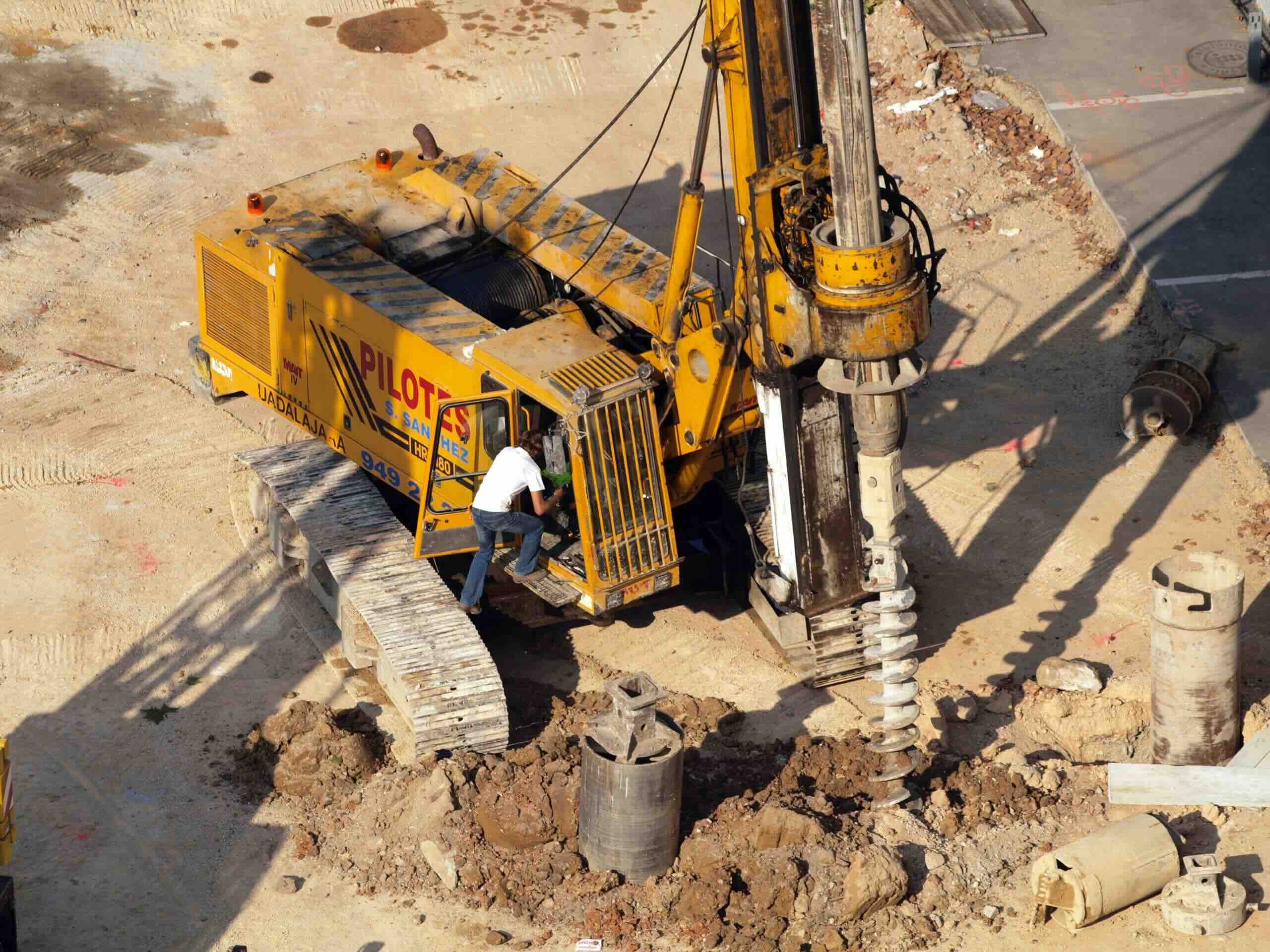

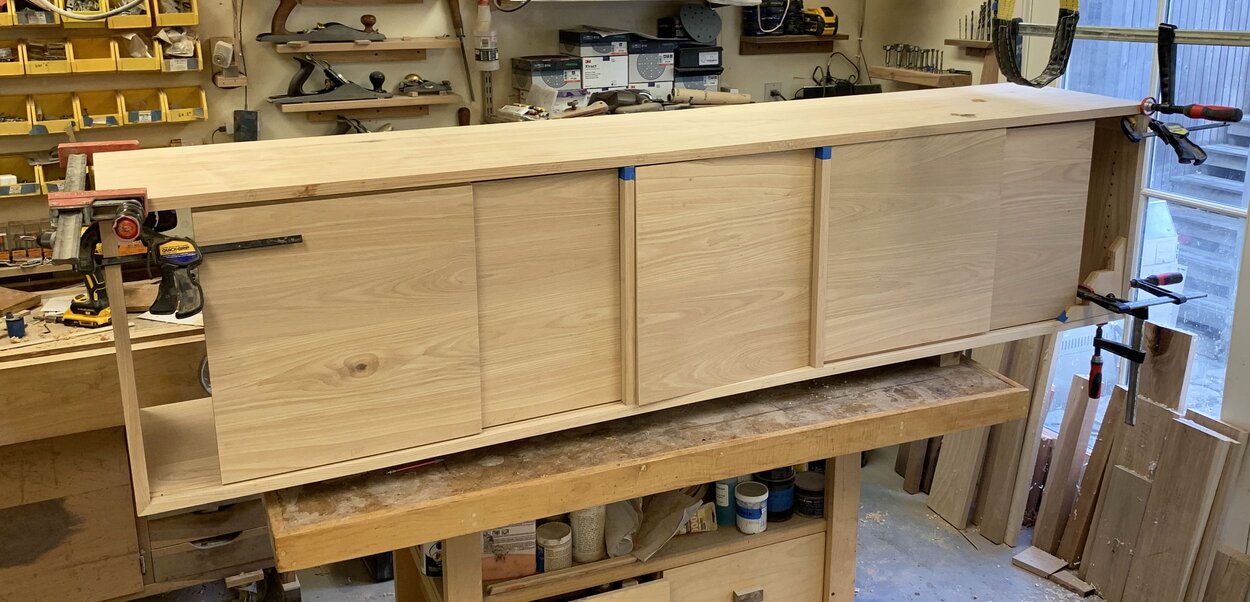
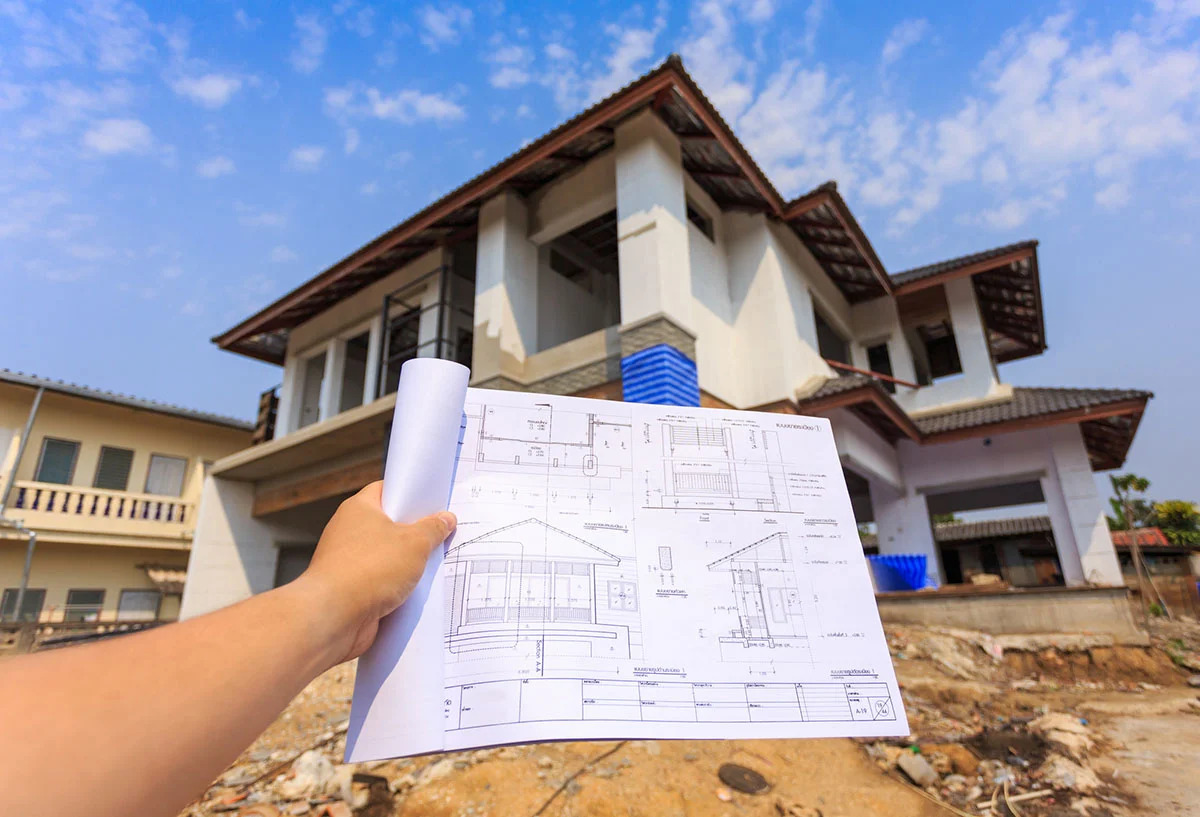
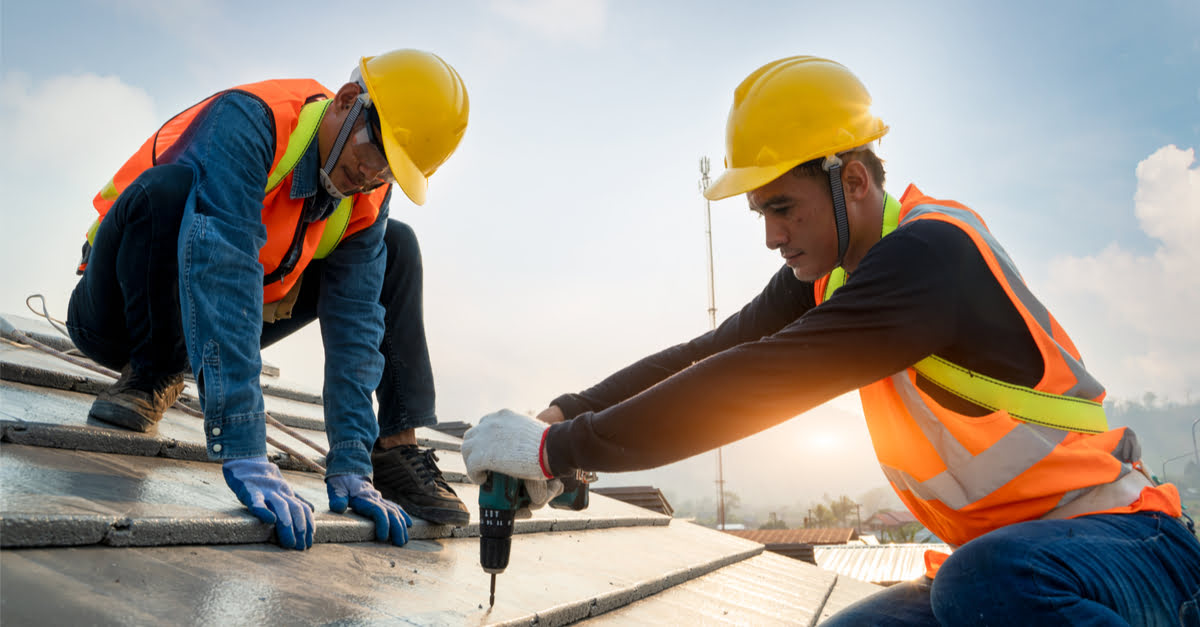
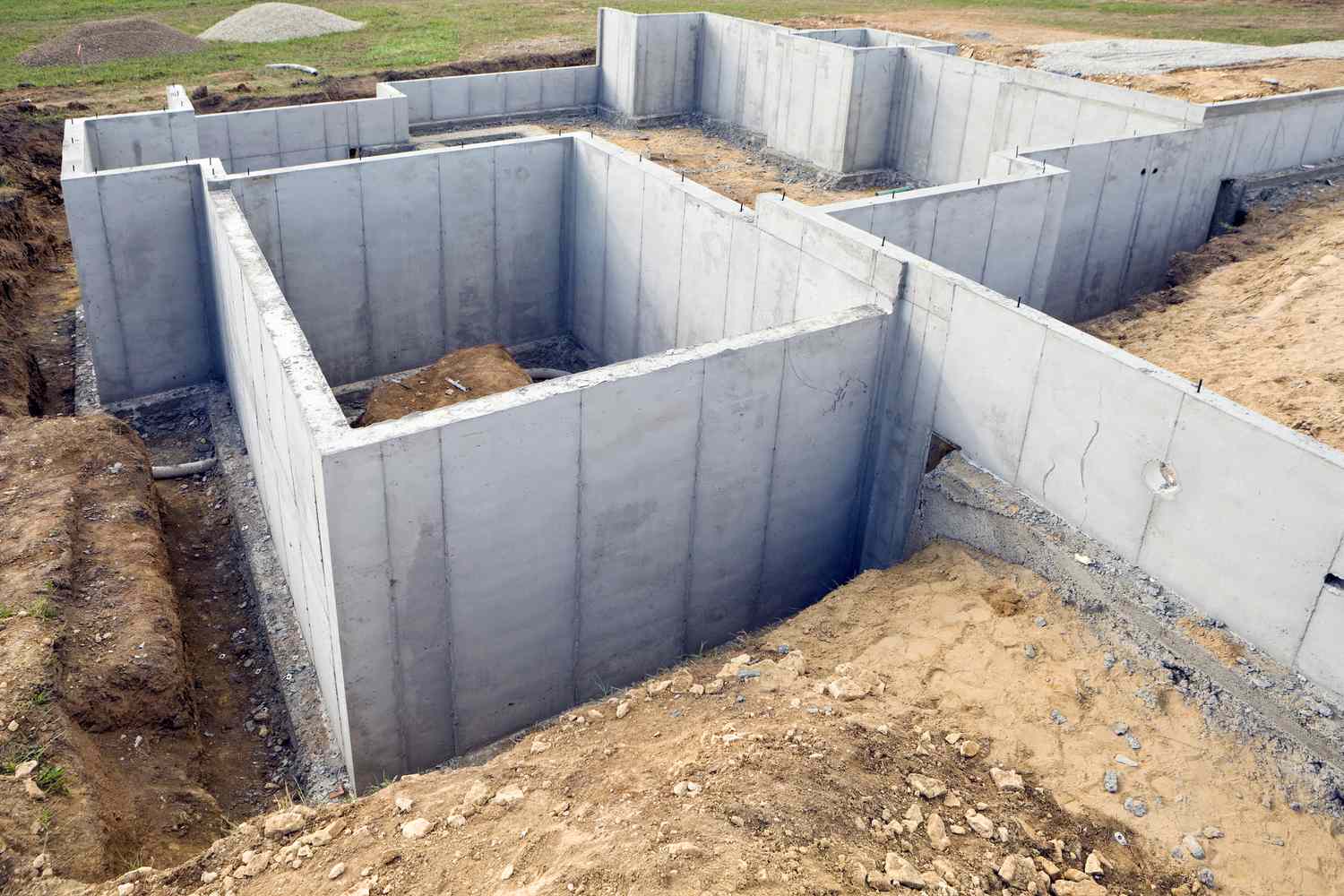
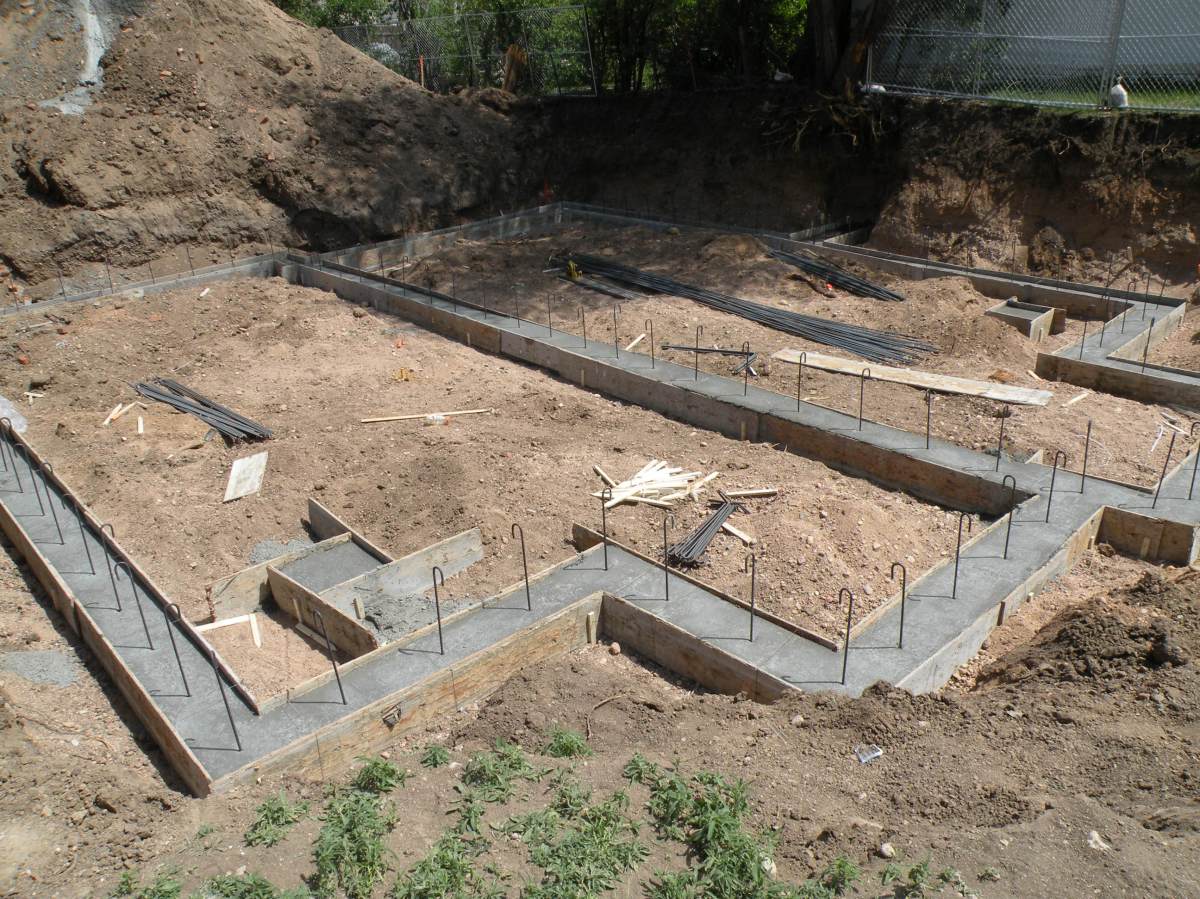
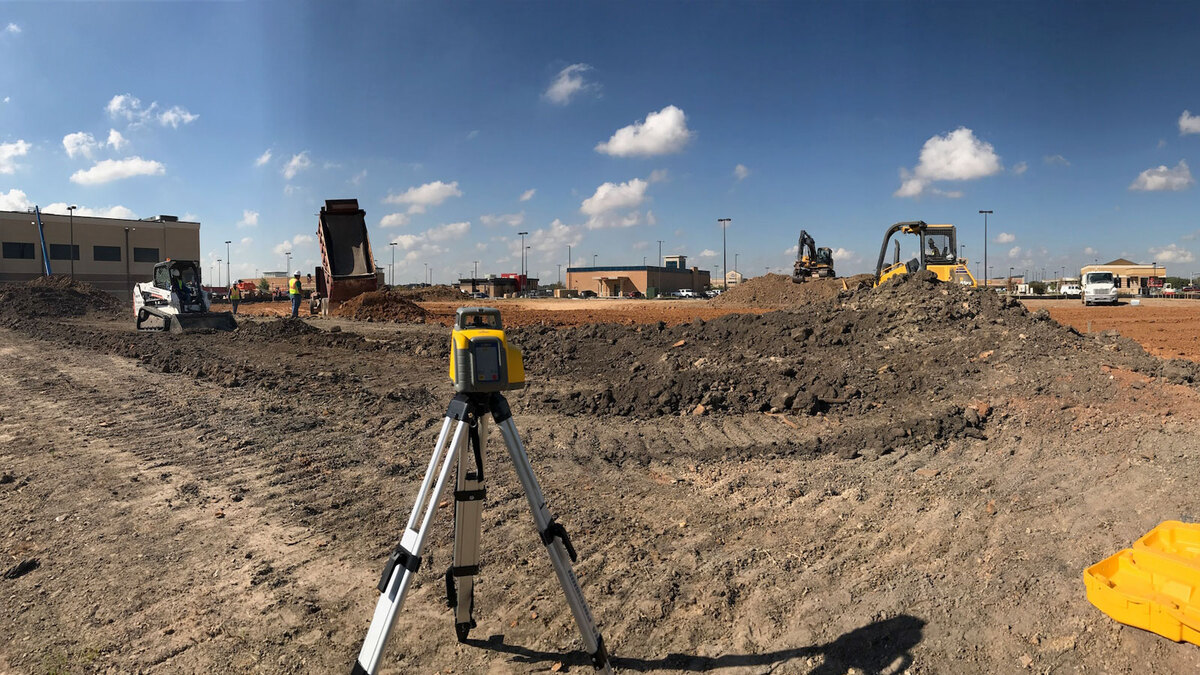

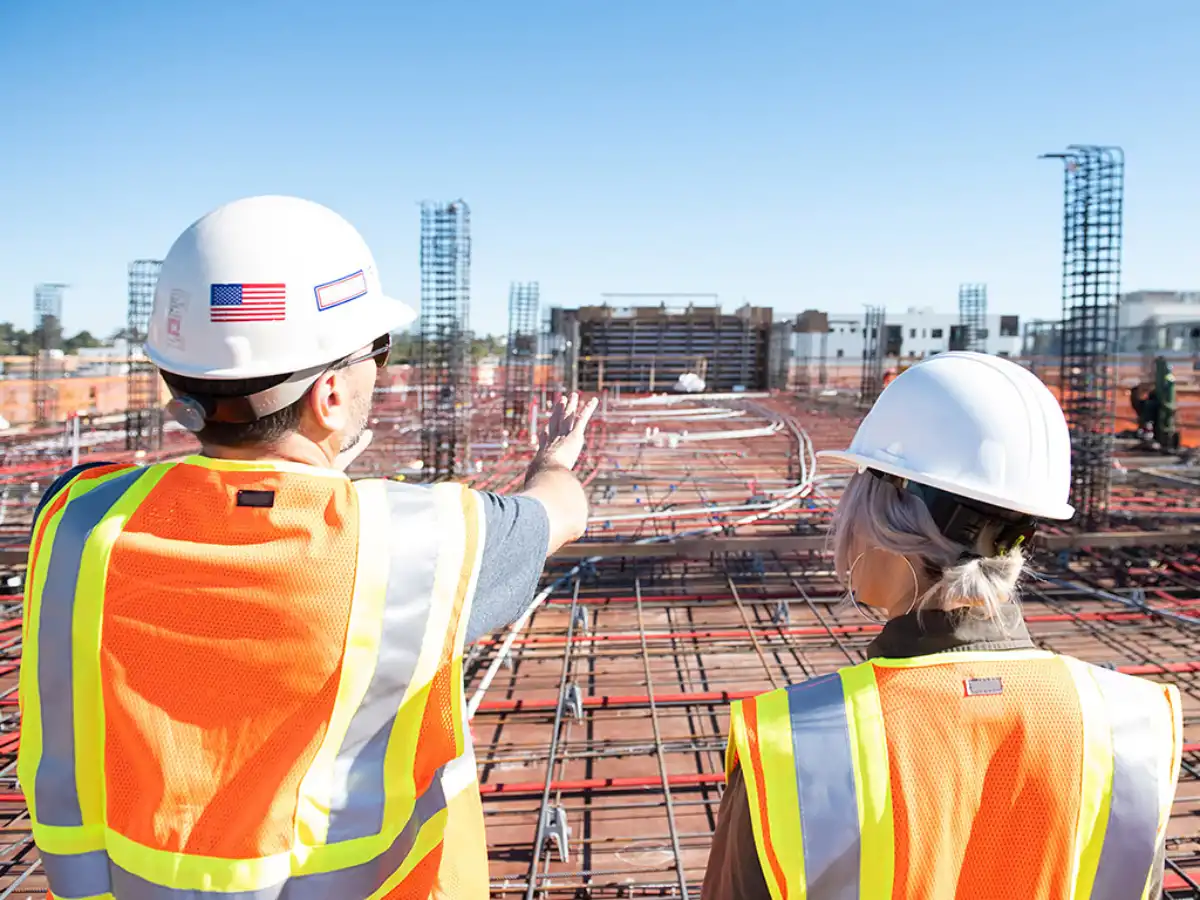
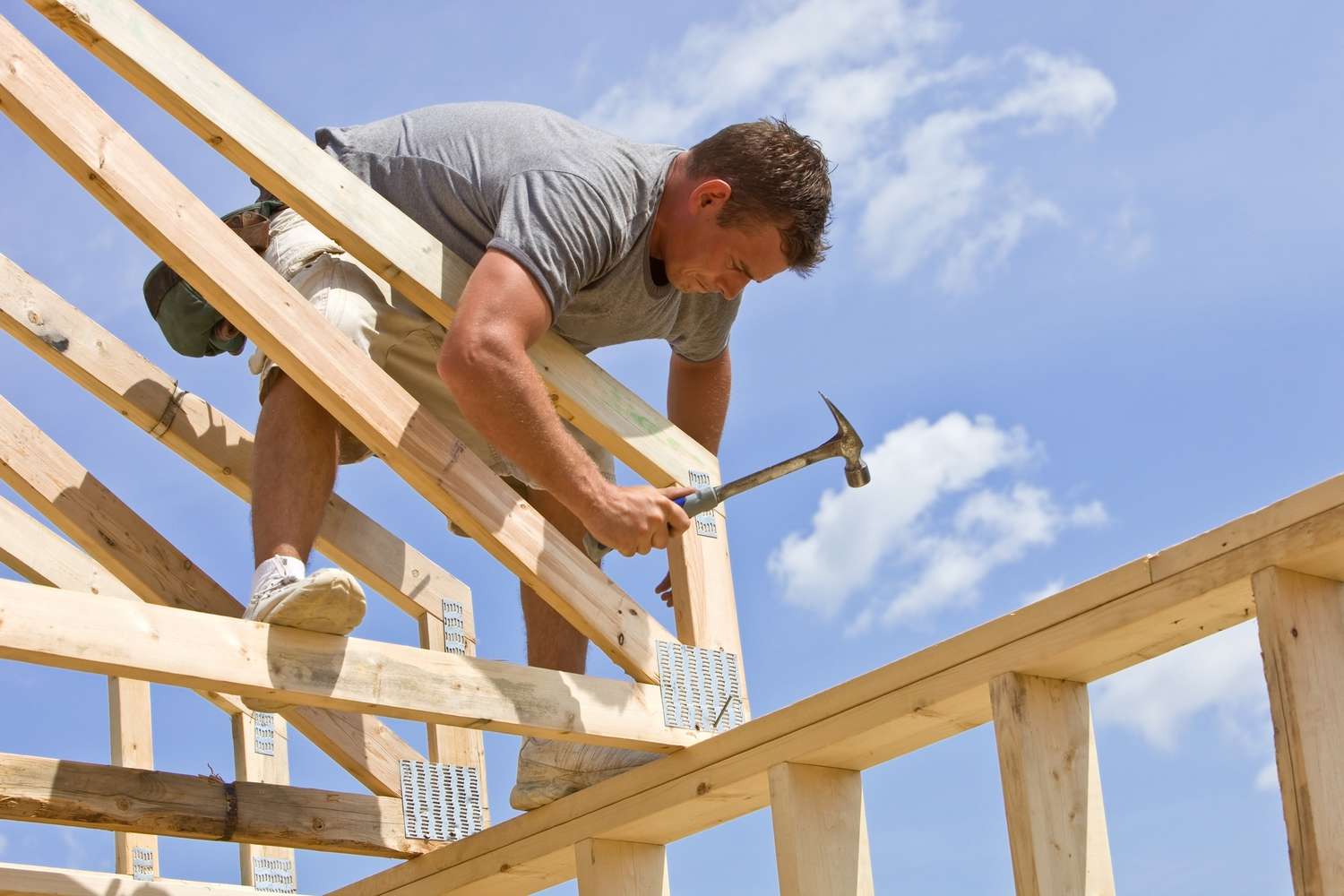
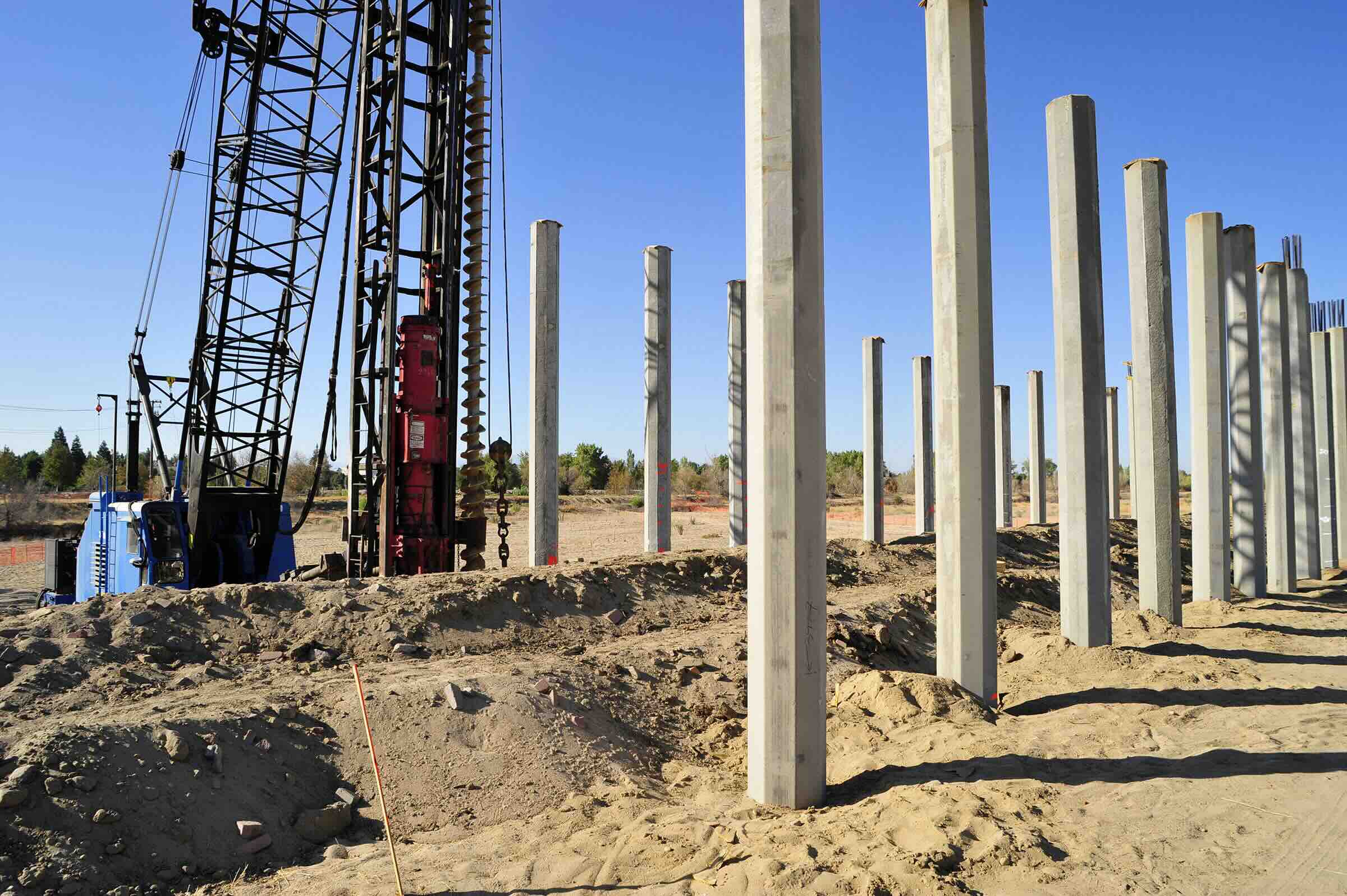


0 thoughts on “What Is Girder In Construction”